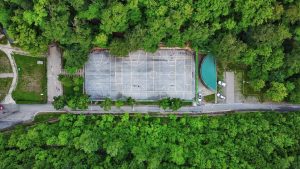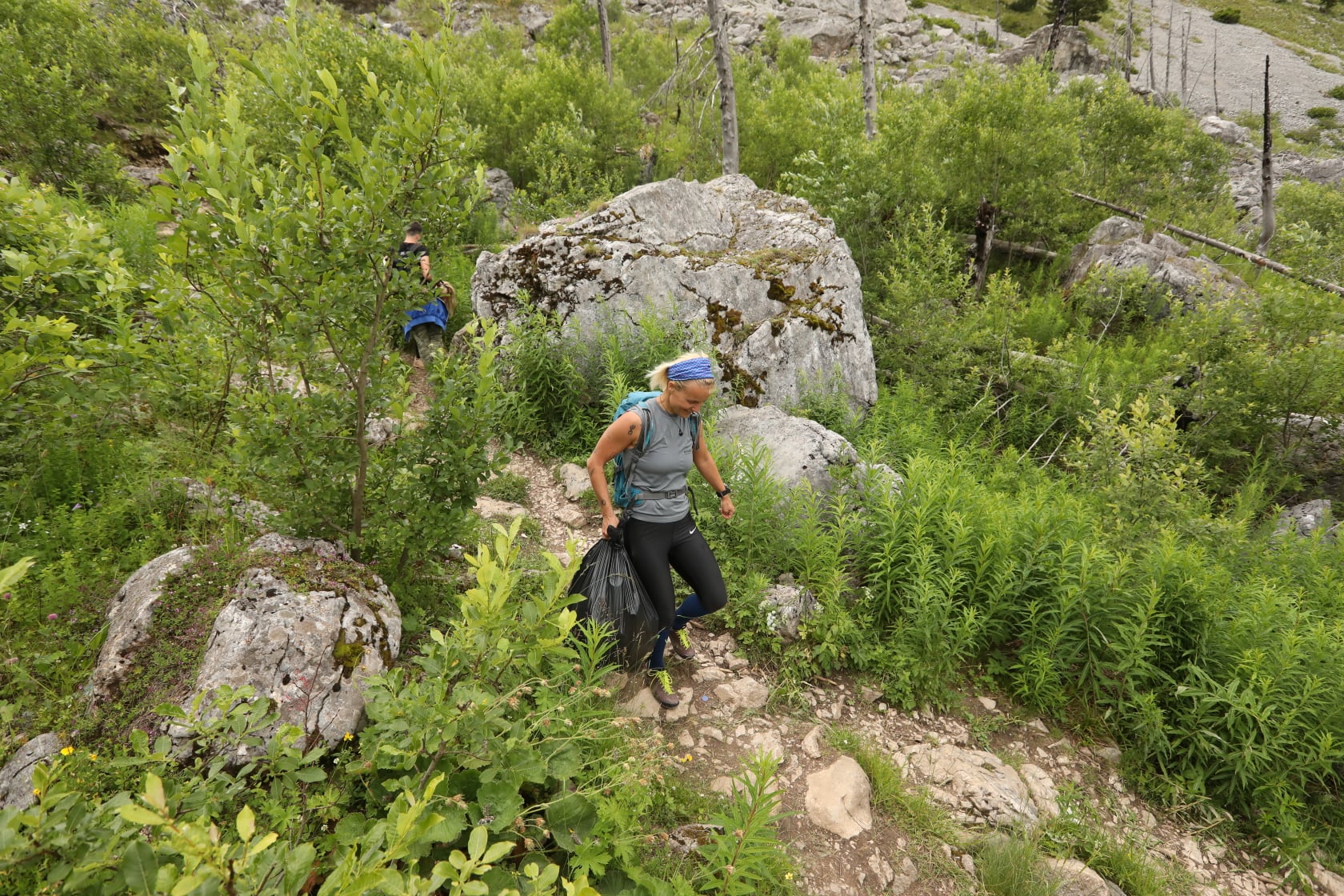2020, a critical year for our future and our Earth. There’s never been a more important time to make all outdoor activities as sustainable as possible.
A blog from our teammate Erlinda Sallauka
Ever since the outbreak of the COVID-19 pandemic, humanity has begun to wonder what really matters, how we have ignored the endless calls of scientists about the state of our Earth.
It would have been a completely different situation had the media reported on the global warming crisis as they are reporting on the coronavirus. Every day with different news, numerous headlines and reports on the number of deaths, analyzing whether the leaders of the countries are doing enough, and most importantly for the public to understand how serious the situation is.
There were also awareness campaigns or calls for action by civil society and various individual movements, such as the already global movement of Swedish teenager Greta Thunberg. Greta, with her speeches, made people reflect more, as did the Extinction Rebellion movement, which is a more rebellious movement as it carried out its actions by blocking traffic in the city of London, sending powerful messages to the biggest polluters, and talking to the deaf ears of public bodies for taking recovery steps.
But despite the campaigns, as long as there are no concrete actions and decisions by world organizations, as well as the individual policies of each country on the issue of combating global warming, the situation will not change.
During the last two decades of technological development, humanity has been so focused on production and consumption that in some form our entire focus has shifted to possession and less in reflection and appreciation on things that are truly fundamental and cannot be bought.
Maybe it’s my optimistic opinion or the tendency to see the fate in disaster, but I hope this pandemic has taught us some valuable lessons. We need to be more friendly with nature, animals, more careful with the environment, ourselves, and society. Perhaps we understand better now the symbiosis of nature with the man and the conditioning of the well-being of both by one another.
Influence of anthropogenic factor on the environment
A simple look around can make us realize how much influence man has in nature, how many degradations, and how many changes we have caused to our ‘home’. The question is not whether the earth can withstand the changes we are causing. But whether we will cause so much damage that we will change the earth so much so as to push species into extinction, including ourselves?

COVID-19 crisis
The COVID-19 pandemic is feeling like a fictional movie. It has engulfed the whole world, and it seems like it has turned everything upside down. COVID-19 is certainly an event that will determine the future of our world. Damages can already be seen in every field i. e economic, social, and psychological damages.
Governments that have long based their policymaking on economic growth have now turned their eyes away from saving it. They are trying to control the situation and find a solution, and scientists from all over the world are working towards finding a vaccine. Hopefully, eventually, we will be saved. But how will we be after this crisis, and what will the world be like?
During self-isolation we saw the world resting, the Earth breathing freely, wildlife returning to their habitats, and with this, we proved once again how destructive the human factor has been and how far we have transcended the boundaries of nature.
Some experts have concluded that reducing air pollution may have saved more lives than the number of deaths caused by the deadly virus in China. There has also been a reduction in nitrogen dioxide pollution across Europe, especially in Italy since March 9, when isolation began.
It is never too late for improvements
We can find ourselves even after COVID-19. Mankind has always recovered after every catastrophe. The COVID-19 pandemic has proven that governments are capable of acting and making change, so why can’t they apply these tactics in a climate change crisis?

“During the time of isolation we have learned that absolutely we as a society can change and can change quite quickly and this can have great health benefits,” said Dr. Schofield.
Another scientist, Mr. Mann said, the real long-term crisis is climate change itself. “And ironically our response to another crisis, the coronavirus pandemic, shows that it is possible for us to change the way we react to things, but only when there are government efforts to support the behavior change we have seen with the coronavirus. And we have to see it now with climate change”.
On the other hand, researcher Aschbacher said, that the changes caused by COVID-19 only temporarily improve air quality, reduce CO2 emissions for two weeks or months, and will have little impact in terms of time. “What can have a long-term impact is changing people’s perceptions, making them realize that human activity has a major impact on the planet, and achieving a partial rethinking of some aspects of life.”
To help repair the economic and social damage caused by the pandemic, to start the European recovery, protect and create jobs, the European Commission proposed on 26 May a major recovery plan for Europe based on exploiting its full budget potential. of the EU. On 21 July 2020, EU leaders agreed on this recovery plan and multiannual financial framework for 2021-2027, leading the way out of the crisis and laying the foundations for a modern and more sustainable Europe.
Voices from the International Energy Agency (IEA) to the UK Prime Minister and leading economists are calling for a “green recovery” that “builds better again” by reducing CO2 emissions and at the same time strengthening the economy. The “Sustainable Recovery Plan” outlined in this report shows that governments have a unique opportunity today to grow the economy, create millions of new jobs, and establish declining global greenhouse gas emissions.
While drafting economic recovery plans, policymakers must make extremely important decisions in a short span of time. These decisions will shape the economic and energy infrastructure for decades to come, and will surely determine whether the world has a second chance to meet its long-term goals of energy and climate change.

Photos from: @myprishtina






